/75e746dc-8c42-41c6-b8eb-79c862448d29.png)
Cause And Effect Matrix Six Sigma Example
Review Rating Score
Looking for a practical example of a Cause and Effect Matrix in Six Sigma? You're in the right place! At BizzLibrary.com, we understand the importance of visual tools like the Cause and Effect Matrix in the Six Sigma approach. Our downloadable PDF example will guide you through the process of using this powerful tool to identify and analyze the root causes of problems in your company's projects.
What is the Cause and Effect Matrix in Six Sigma?
The Cause and Effect Matrix, also known as the Fishbone Diagram or Ishikawa Diagram, is a graphical tool used to systematically identify and organize the potential causes of a specific problem. It is a crucial part of the Six Sigma approach, which aims to reduce defects and improve processes in organizations.
Why Use a Cause and Effect Matrix?
The Cause and Effect Matrix enables organizations to analyze the cause-and-effect relationships between various factors contributing to a problem. By visually mapping out these relationships, teams can focus their problem-solving efforts on the most impactful root causes, leading to more effective and efficient solutions. Here's why the Cause and Effect Matrix is beneficial:
- Identify Root Causes: The matrix helps identify potential causes across different categories, such as People, Machines, Methods, Materials, Measurements, and Environment (commonly known as the 6Ms). It encourages a comprehensive analysis that goes beyond immediate, surface-level factors.
- Visualize Relationships: By visually displaying the cause-and-effect relationships, the matrix provides teams with a clear understanding of how different factors contribute to the problem. This can lead to insights and new perspectives on solving the issue.
- Prioritize Actions: With the identified causes organized in the matrix, teams can prioritize their actions based on the significance and impact of each cause. This allows for a focused improvement approach, saving time and resources.
- Data-Driven Decision Making: The Cause and Effect Matrix promotes data-driven decision making. By gathering relevant data and analyzing the relationships between different causes, teams can make informed decisions and drive meaningful improvements.
Download Your Cause and Effect Matrix Example
Ready to apply the power of the Cause and Effect Matrix to your Six Sigma projects? Visit BizzLibrary.com now to download our comprehensive Cause and Effect Matrix Six Sigma example in PDF format. It provides a step-by-step guide and a ready-to-use template that will help you identify and address the root causes of problems effectively.
Empower your company's problem-solving capabilities and drive continuous improvement with our Six Sigma resources. Explore our website for more downloadable templates, tools, and guides that will support your Lean Six Sigma journey. Get started today for a more efficient and successful business!
Is the content above helpfull?
Thanks for letting us know!
Reviews
Joni Wiley(7/20/2023) - NZL
Very Excellent letter, I will check your website more often
Author. Content was provided by:
Elizabeth Davis
Elizabeth is from the sunny desert city of Phoenix, Arizona. She is thrilled to connect with professionals and like-minded individuals who share a passion for social technologies, content creation, and the exciting possibilities that AI brings to the world of social media. Her hobbies are hiking, climbing, and horse riding. Elizabeth has a master's degree in Social Technologies that she received at the ASU (Arizona State University). As a freelancer, she mostly contributes content related to IT. This includes articles on templates and forms provided by our community.
Follow Elizabeth
Last modified
Our Latest Blog
- The Importance of Vehicle Inspections in Rent-to-Own Car Agreements
- Setting Up Your E-mail Marketing for Your Business: The Blueprint to Skyrocketing Engagement and Sales
- The Power of Document Templates: Enhancing Efficiency and Streamlining Workflows
- Writing a Great Resume: Tips from a Professional Resume Writer
Template Tags
Need help?
We are standing by to assist you. Please keep in mind we are not licensed attorneys and cannot address any legal related questions.
-
Chat
Online - Email
Send a message
You May Also Like
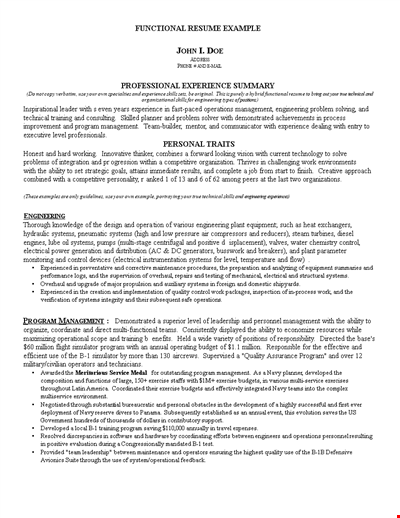
Engineering Functional Program - Quality Management & Training
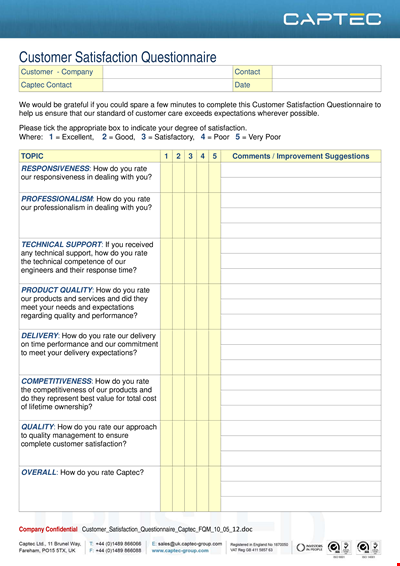
Customer Satisfaction Survey Questionnaire - Ensuring Quality at Captec

Process Map Six Sigma Example
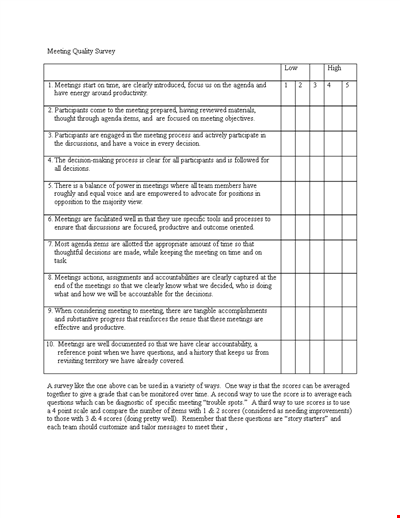
Meeting Quality Survey
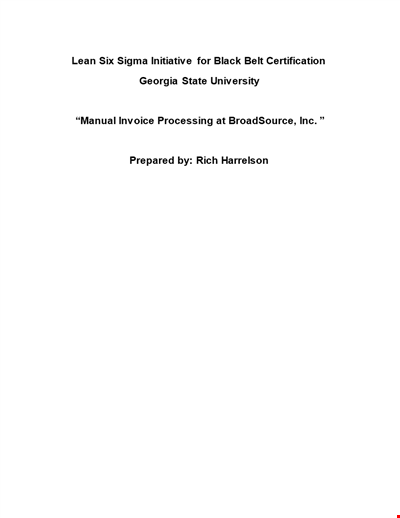
Goal Statement Six Sigma Example
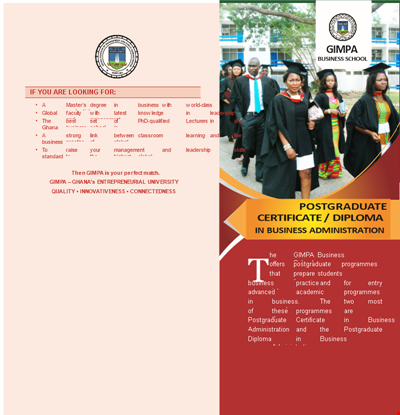
Post Graduate Certificate In Quality Management
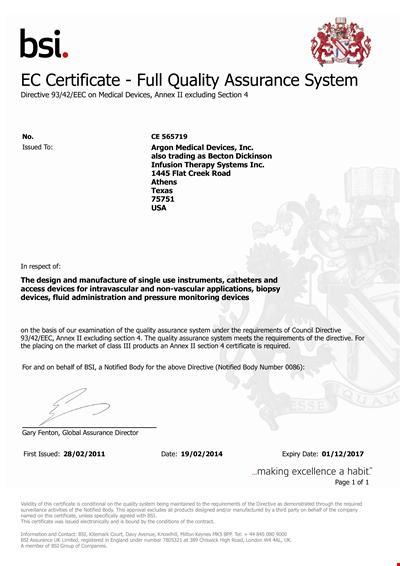
Quality Assurance Management Certificate

Quality Incident Report Format

Weekly Quality

Food Safety Quality Control Checklist Template
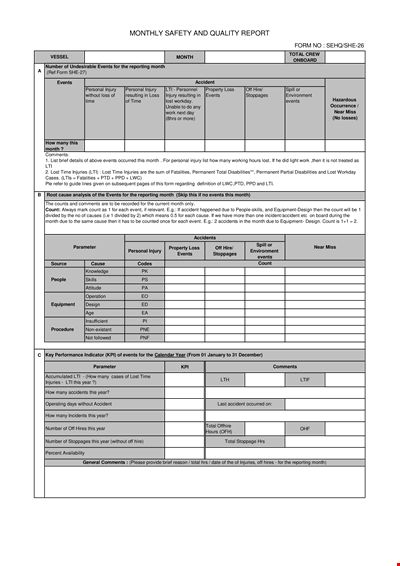
Monthly Quality
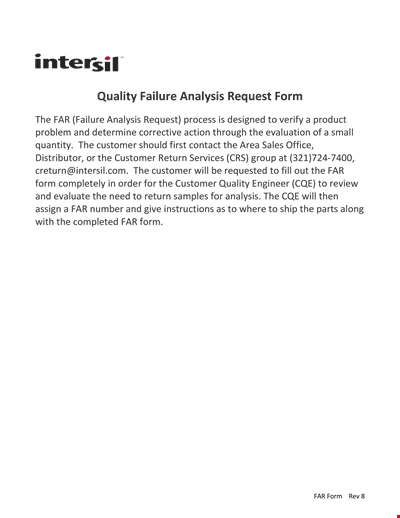
Quality Failure Analysis Request Form
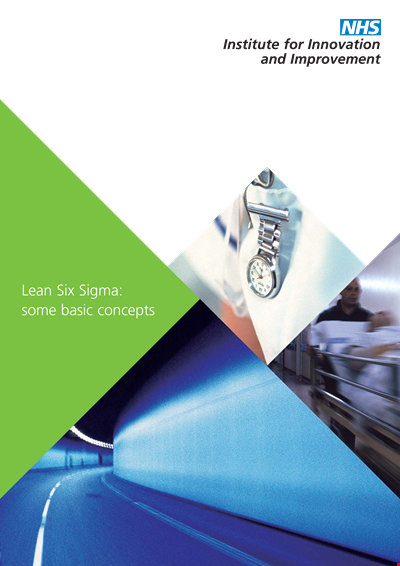
Lean Six Sigma Example - Process Improvement and Value Optimization
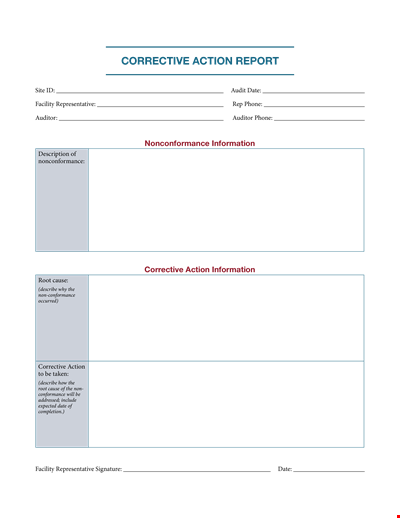
Corrective Action Sample - Improve Facility with Action for Nonconformance
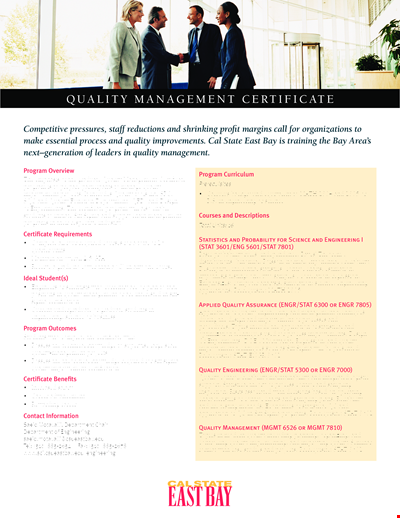
Quality Control Management Certificate Program for Engineering

Quality Control Management Plan for Contractors - Unops-Quality Control Management Plan